Meditation, Pranayama, and Yoga: Connecting with Marma Points
Achieving mastery over the mind demands disciplined training through practices such as meditation, pranayama (breath control), and yoga. These techniques enable an actively engaged mind to gradually find rest and refocus into stillness.
An excellent form of meditation involves innocently observing every thought, feeling, and emotion without judgment, preference, or aversion. In this simple yet profound awareness, there is a natural letting go. Letting go is synonymous with surrender, marking the path towards the heart. Initially, the mind may be flooded with countless thoughts—a bustling traffic! However, with persistent silent and peaceful observation, the stream of thoughts begins to slow, revealing gaps between thoughts, memories, or emotions—a fleeting silence.
Enter these gaps. With time, they expand into a vast silence that can be experienced not only during meditation sessions but throughout daily life. This boundless, pure awareness is our true nature, and being awake and open to whatever arises within or around us constitutes meditation.
Marma Meditation
When specific points of the body require attention or are painful, marma therapy (chikitsa) can be applied without physical touch. By directing deep, quiet attention to particular marma points, awareness is heightened, harnessing the therapeutic qualities of those points for healing. Similarly, focusing on marma points associated with chakras activates these energy centers, aligning them with their unique aspects of consciousness.
Breath and Healing
Pranayama (Prana – energy, Yama – control) is the science of mastering the breath, which is intricately linked to the mind. Regulating the breath regulates the mind, and vice versa. During periods of stress, the breath becomes rapid and shallow; in a tranquil, stress-free state, the breath flows smoothly and deeply (without anxiety). Stimulating key marma points, such as those at the heart center, helps regulate breathing and calm the mind, fostering a stress-free state. Breathwork is integral to daily healing practices in our demanding lives.
Yoga Balance
Engaging in daily yoga postures (asanas) serves as a self-induced form of marma therapy. Yoga constitutes a comprehensive discipline encompassing eight limbs, with meditation and pranayama representing two beautiful branches of this philosophical tree, while physical postures form another limb. Properly aligning the body and performing asanas involving bending, stretching, and twisting naturally applies pressure to specific marma points. This process helps release stored emotions and enhances the flow of energy (prana) throughout the body, leading to deeper breathing, a calmer mind, and overall health balance.
Marma Points: Acupuncture for Body, Mind, and Spirit
Marma points play a pivotal role in healing on every level—physical, mental, and spiritual—by awakening awareness to the pure spiritual dimensions of our being. Rooted in ancient Vedic wisdom, marma therapy in Ayurveda functions as both a healing science and a spiritual practice capable of transforming life into a state of bliss.



